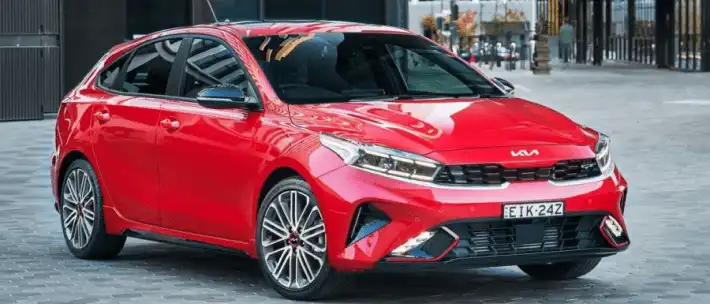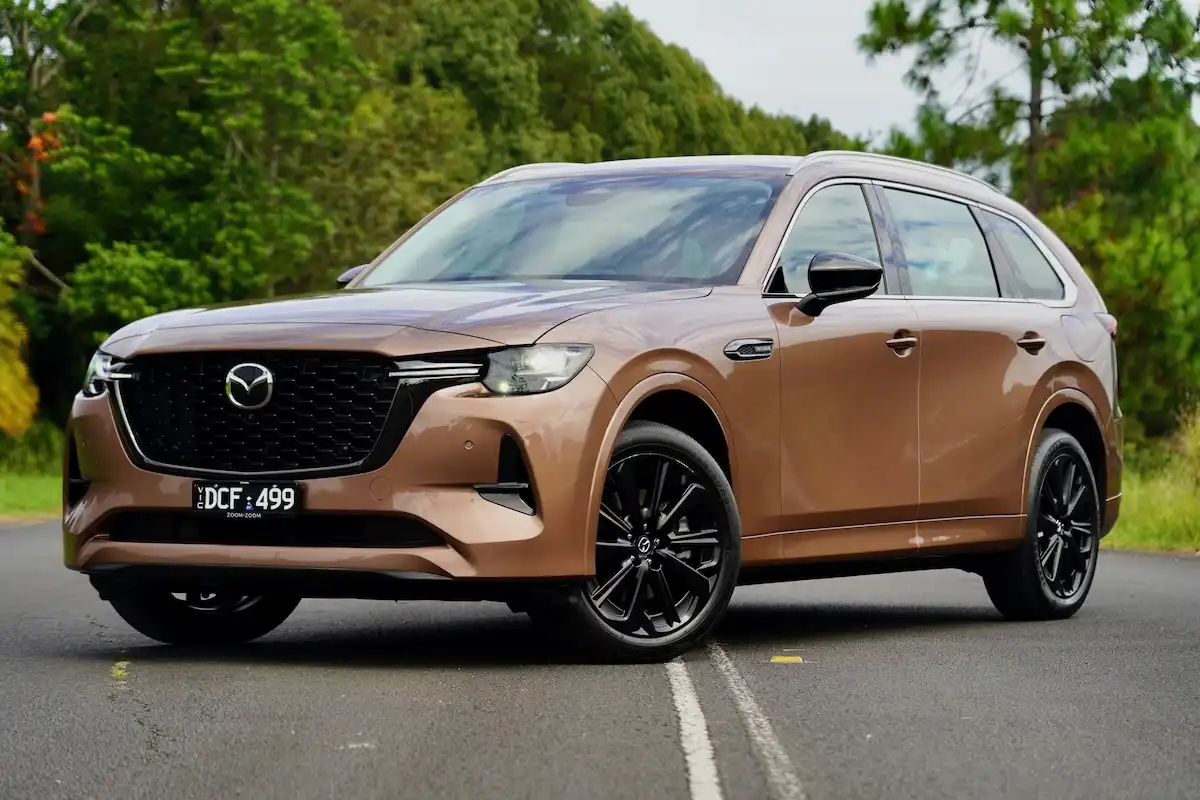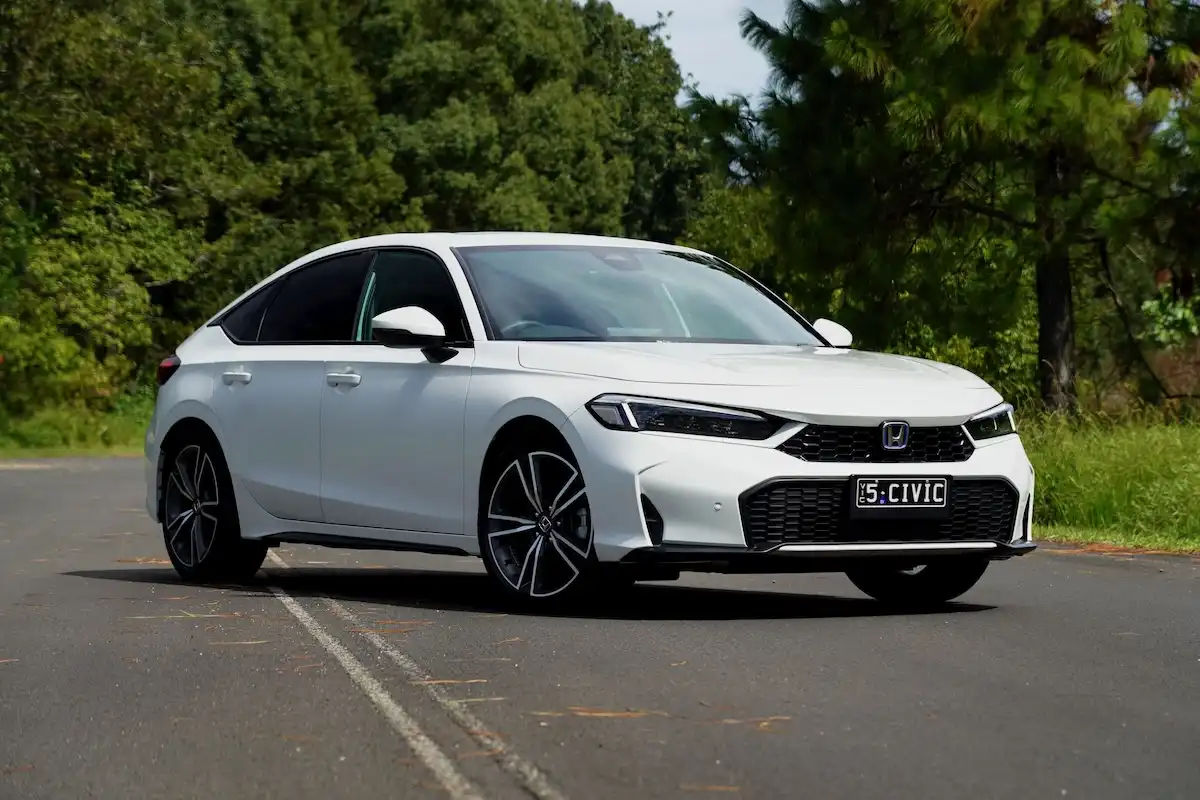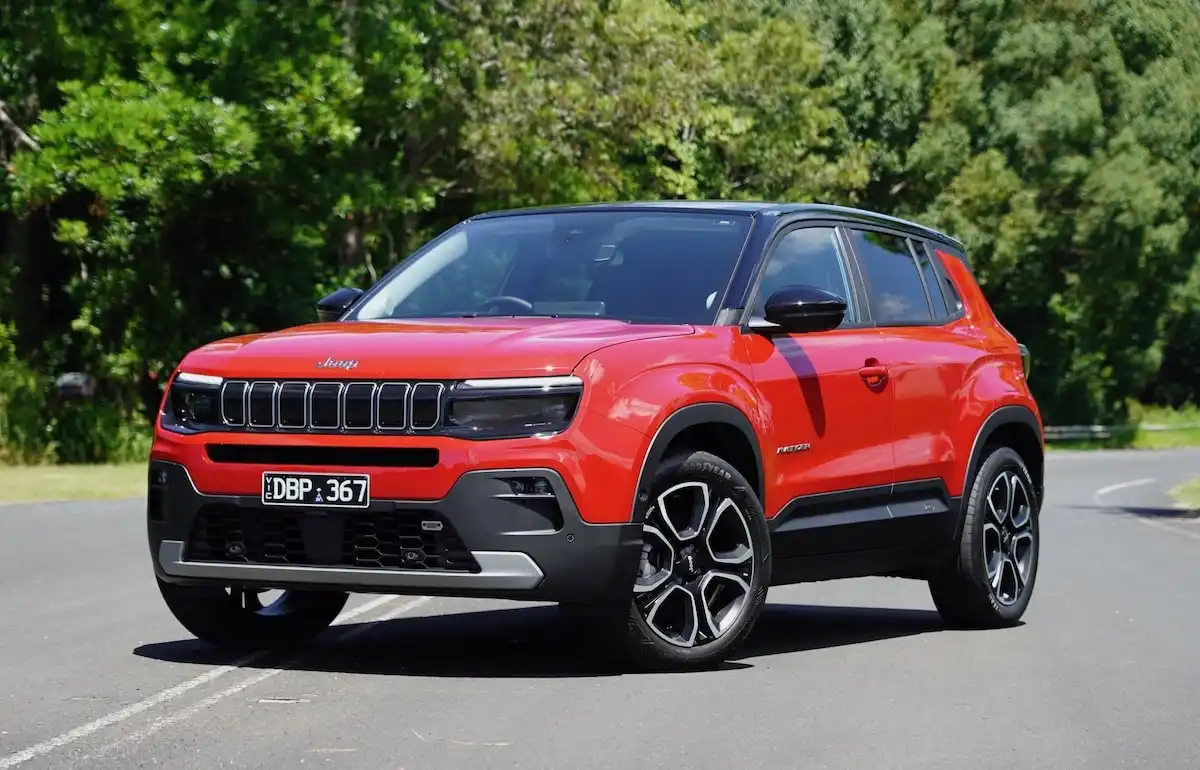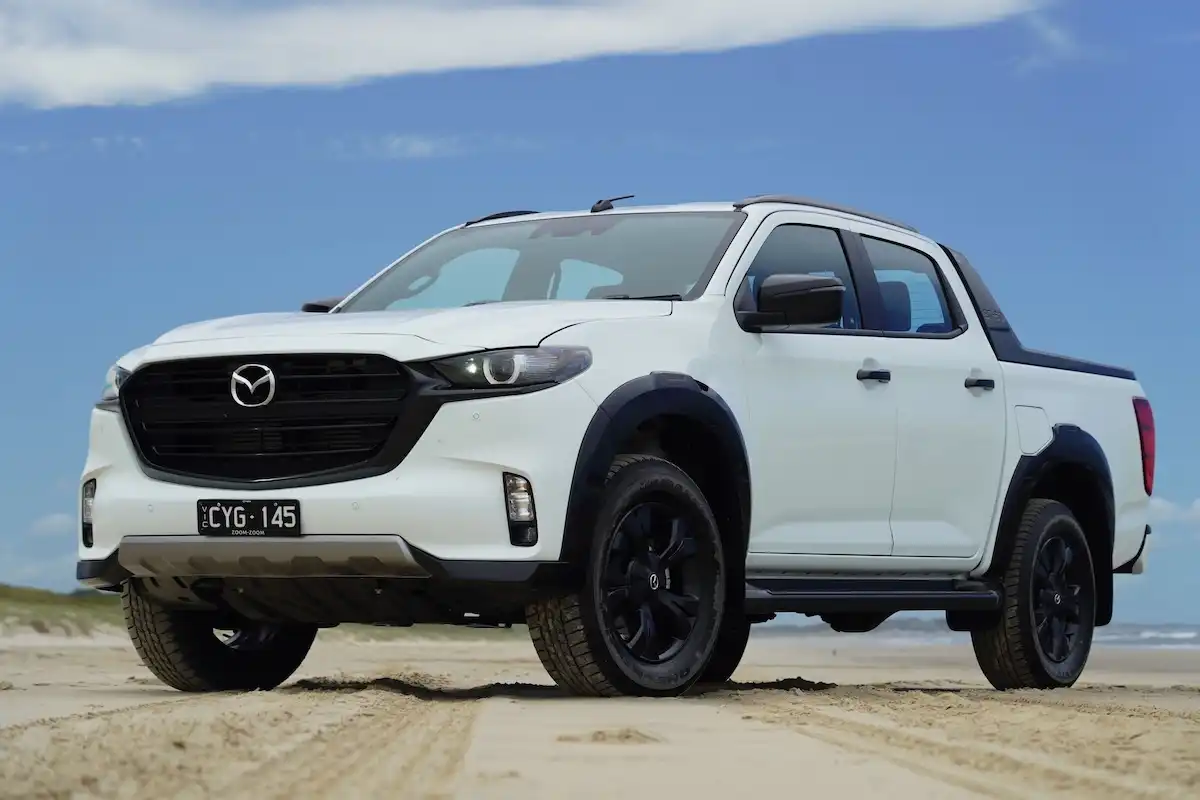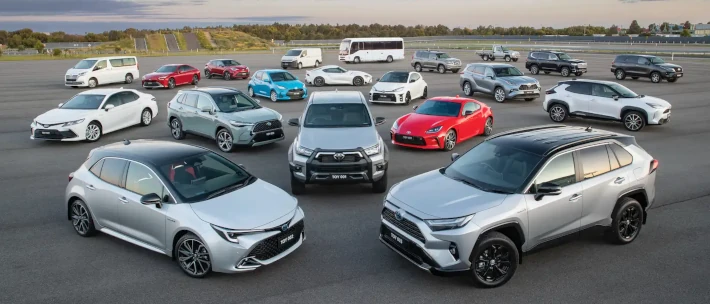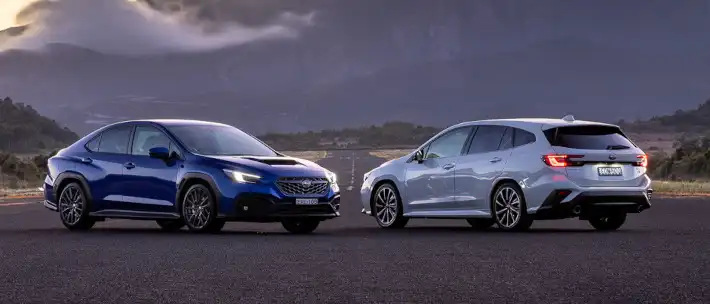While they’re far outpaced by their SUV counterparts, hatchbacks and sedans remain two important car segments for which designers are still working tirelessly to come up with designs that match the SUV segment.
Today, we’re going to break down exactly what separates hatchbacks from their sedan counterparts, and toss up which is a better option for families looking for maximum comfort, practicality, and boot space.
What is a Hatchback?
While size isn’t the determining factor, hatchbacks are often a more compact segment of passenger car than sedans, and feature a different construction for the boot and the area between the rear passengers and inside the cargo area.
For example, in a hatchback, the body is a two-box body with a rear door that provides access to the boot that opens vertically, while passengers have easier access into the boot itself from the second row.
In recent years, some manufacturers have given large cars a sloping roofline design that receives a hatchback-style boot, although the design is typically reserved for more compact vehicles.
What is a Sedan?
Where a sedan differs from the hatchback is its three-box construction: one for the engine bay, one for the passenger compartment, and one for the boot.
The boot itself is hidden away underneath bodywork, rather than the glass windshield you’ll find in a hatch, and has a different mechanism to open and close. Sedans are typically longer than their hatchback counterparts, which often translates to more interior space and larger boot volumes.
What are the Pros of a Hatchback
The shape and profile of a hatchback’s boot are very accommodating to bulky cargo, offering a slightly more spacious set of dimensions for tall objects that might struggle to fit into the boot of a sedan.
Thanks to the two-box construction, folding a hatchback’s rear seats can also offer more potential for large cargo than a comparable sedan.
In terms of driving, hatchbacks typically offer far more rear visibility than sedans that have a narrow rear windshield, making them the more user-friendly option for navigating tight carparks.
A hatchback’s more compact proportions also mean that they’re a more accessible option when it comes to town driving thanks to their improved turning circle and smaller dimensions.
What are the Drawbacks of a Hatchback?
The most notable drawback of the hatchback design is that they’re often shorter than a conventional sedan design, which means there can be less space inside for passengers in the second row.
These restricted dimensions also translate to less cargo storage in the boot, although they are more accommodating to tall cargo. It’s also worth noting that any valuables stored in a hatchback’s boot are visible to passers-by when the cargo cover isn’t deployed.
What are the Advantages of a Sedan?
One of the major advantages of a sedan design is that they are, not always, but typically longer than their hatchback counterparts, which translates to more interior space when it comes to second-row passengers and outright boot space.
Another major benefit of the sedan design is that any valuable items that you’re storing in the boot are hidden away from prying eyes behind the bodywork, whereas a hatchback’s open design can showcase what you’re storing in the boot.
They’re also marginally safer in the event of a rear-end collision thanks to the fact they have more metal, otherwise known as a larger crumple zone to absorb energy in a crash so less of this force is transmitted inside the cabin.
Finally, sedans are often packaged with a more powerful range of engines over a comparable hatchback, which gives family buyers more options to choose from.
What are the Cons of a Sedan?
While you’re able to squeeze more cargo into a sedan, one of the design’s major drawbacks is that the mechanisms that allow the boot to open can eat into the volume potential of the boot, and make them the less capable option when it comes to moving bulky or tall items.
Another downside of the sedan design is that it is typically priced higher than its hatchback counterparts, and there is some evidence to suggest that they depreciate slightly faster than hatchbacks, although this is very dependent on the make and model you’re opting for.
Finally, the added metal and components for a sedan design mean that they often weigh slightly more than a typical hatchback, which means fuel economy figures are often slightly higher in a sedan over an identical hatchback with the same engine.
Hatchback vs Sedan: Which is Better?
The answer to whether a hatchback or sedan is your better option really comes down to a set of specific things that you might demand from your next car.
For example, if one of your main priorities is sheer boot space and often having more space for passengers in the second row of the cabin, a sedan design has more volume in the boot, and is often longer than a hatchback and makes it a more comfortable option for rear passengers.
On the other hand, if you think you’ll be moving tall or bulky items on a regular basis, a hatchback design might prove the more practical option thanks to its unique design that is very accommodating to tall cargo, with the added benefit of more rearward visibility that makes it a particularly user-friendly option.
Request a Quote
If our explainer article of the differences between sedans and hatchbacks has sparked your imagination, click here to get a free quote on your dream car or to speak with one of our car-buying experts.
Need help narrowing down your choices?
Get in touch with one of our Car Buying Specialists today
Request a quote